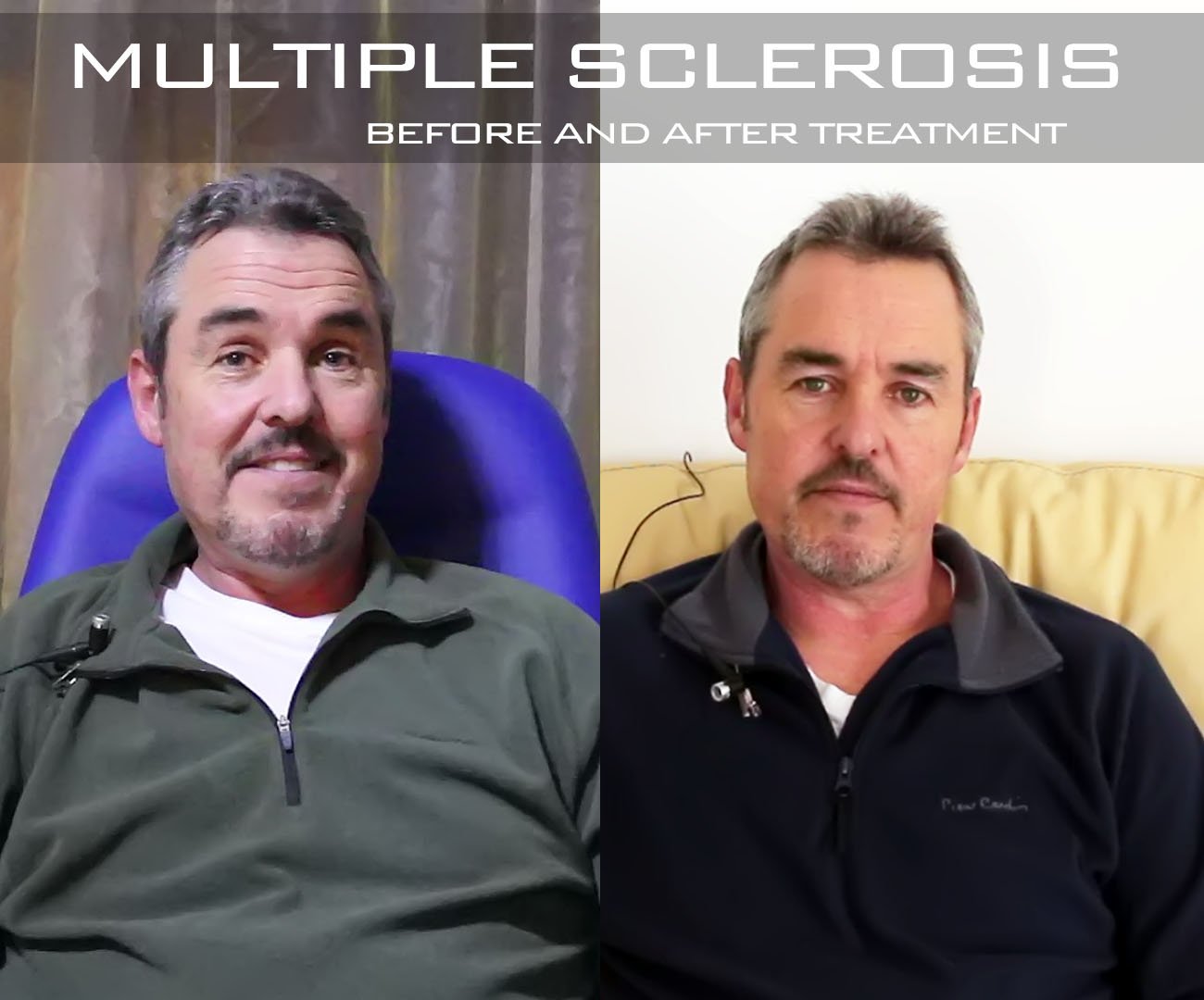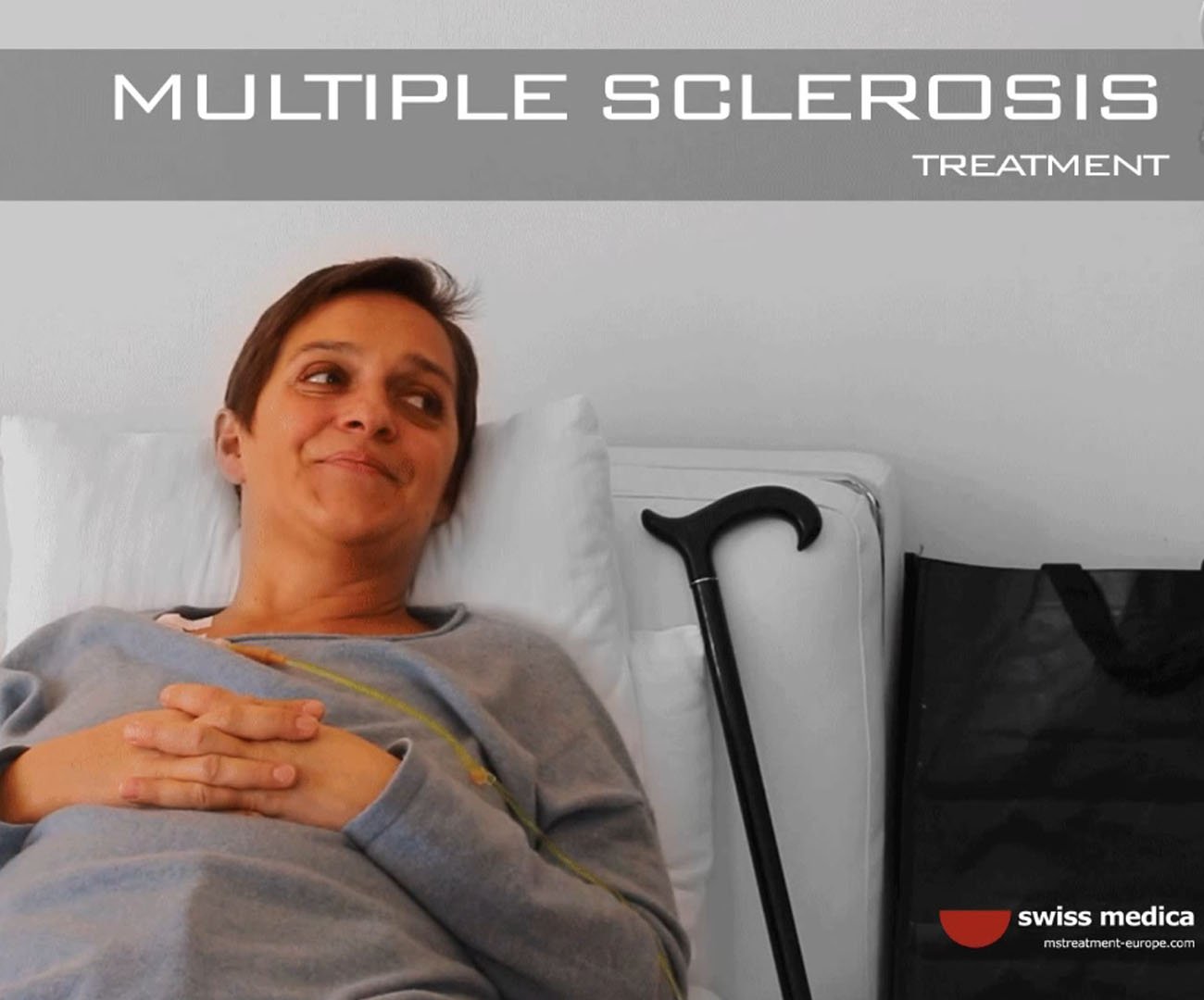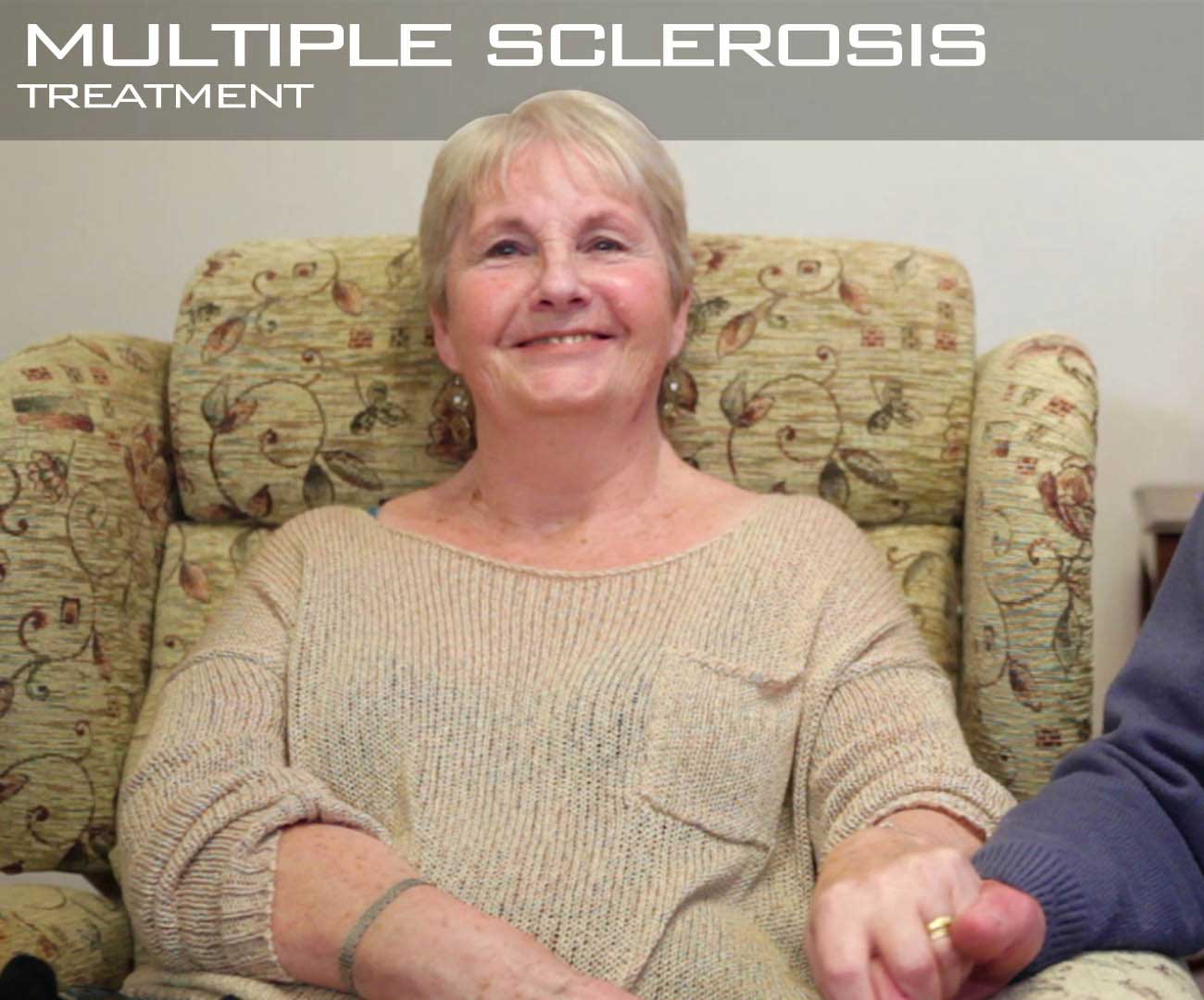
Multiple Sclerosis is a central nervous system disease that disrupts the information flow within the brain and the body, and between the brain and the body. The exact cause of this disease is still unknown, but it’s believed that it is triggered by some environmental factor in a person who is genetically predisposed to respond. In mild cases, MS involves numbness in the limbs, but in severe cases one may become paralyzed or lose the vision.

The most common symptoms:
• Muscle weakness
• Vision difficulties
• Problems with coordination and balance
• Numbness and tingling in limbs
• Memory loss
• Bladder and bowel problems
• Fatigue, emotional changes and sometimes depression
In the central nervous system, nerve fibers are protected by myelin sheath, which also helps the nerves to conduct electrical signals efficiently. When one is diagnosed with MS, his myelin sheet disappears in multiple areas, leaving a scar.Multiple sclerosis literally means multiple scar tissues.
Testimonials
What they say about us

Shaun Lawrence battled multiple sclerosis for many years before deciding to come to Swiss Medica clinic. Limp on his right leg, urinary and bowel problems were some of the main issues he suffered from. After having a stem cell treatment his life changed completely. He is very satisfied with the experience, as well as the overall results of the treatment.
continue
For me, since I got back after my 2 weeks of having my treatment, within 2 days of being home speaking to friends and family around the world, they all noticed the difference in my speaking, cognitively and I was able to listen and integrate with conversations with my family at home.
A wonderful experience, a wonderful care are these very caring people, yes.
continue
Everything is done naturally and pleasantly here. Actually I do not feel sick, it is the most important thing – during these 12 days I haven’t felt sick.
I didn’t have the impression that I was treated like a patient. I was treated like a normal person, it is true I take medicines, receive infusions and still have some pain, but I never felt like I was in the hospital.
continue
Linda Cole struggled with multiple sclerosis for over 30 years. She decided to give stem cell treatment a try, even though she didn’t expect much from it. She was pleasantly surprised, as her symptoms improved and reversed drastically. Her ability to move, walk and think much better than before assured her she made the right decision by coming to Swiss Medica.
continueAll form fields are required.